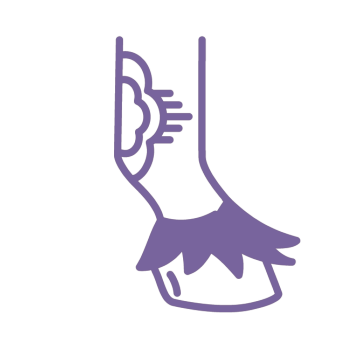To date there is no definitive cure for mallenders and sallenders. It requires ongoing management. Care and vigilance to ensure your horse’s feather and underlying skin is healthy is necessary. Feathers must be kept clean and any sign of mallenders or sallenders should be dealt with right away. Avoid the possibility of bacterial infection through good management and prompt treatment. Removal of dried keratin build up is essential and its presence should never be treated carelessly.

